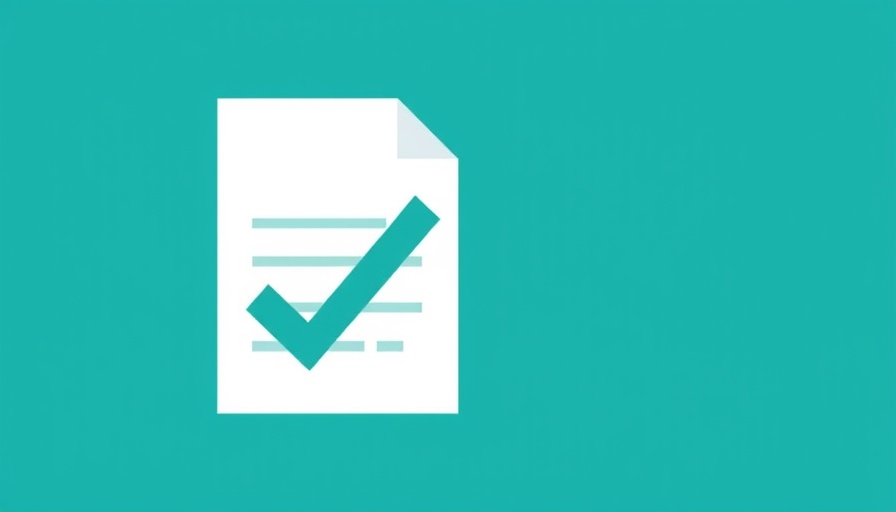
Mastering the Art of Interview Rejection Letters
For recruiters, the task of sending rejection letters can be just as challenging as conducting interviews. But doing so is essential, not only as a courtesy to candidates but as an integral part of maintaining a professional brand image. A well-crafted rejection letter communicates clearly, respects the candidate's effort, and keeps the doors open for future opportunities.
The Importance of Sending Rejection Letters
Ignoring candidates post-interview might seem like the easy route, but it risks portraying your organization as unresponsive. Promptly sending a rejection letter not only provides transparency but also shows gratitude for the candidate’s application investment. This approach helps maintain a positive image of your company and ensures that candidates aren't left guessing about their status, potentially missing out on other opportunities while they wait.
Key Elements of Effective Rejection Letters
To convey your message with care and professionalism, it’s vital to personalize the letter. Address the candidate by name, acknowledge the position they applied for, and thank them for their effort. If appropriate, encourage them to apply for other roles within the company. This thoughtful touch not only eases disappointment but can leave a lasting positive impression, potentially turning today's rejection into tomorrow’s opportunity.
Future Predictions and Trends
Looking forward, companies increasingly recognize the importance of enhancing candidate experience even in rejection. As talent acquisition becomes more competitive, those who master respectful and considerate communication during rejections will stand out in attracting talent. Candidate experience and employer brand will continue to play pivotal roles in hiring strategies.
 Add Row
Add Row  Add
Add 




 Add Row
Add Row  Add
Add 

Write A Comment